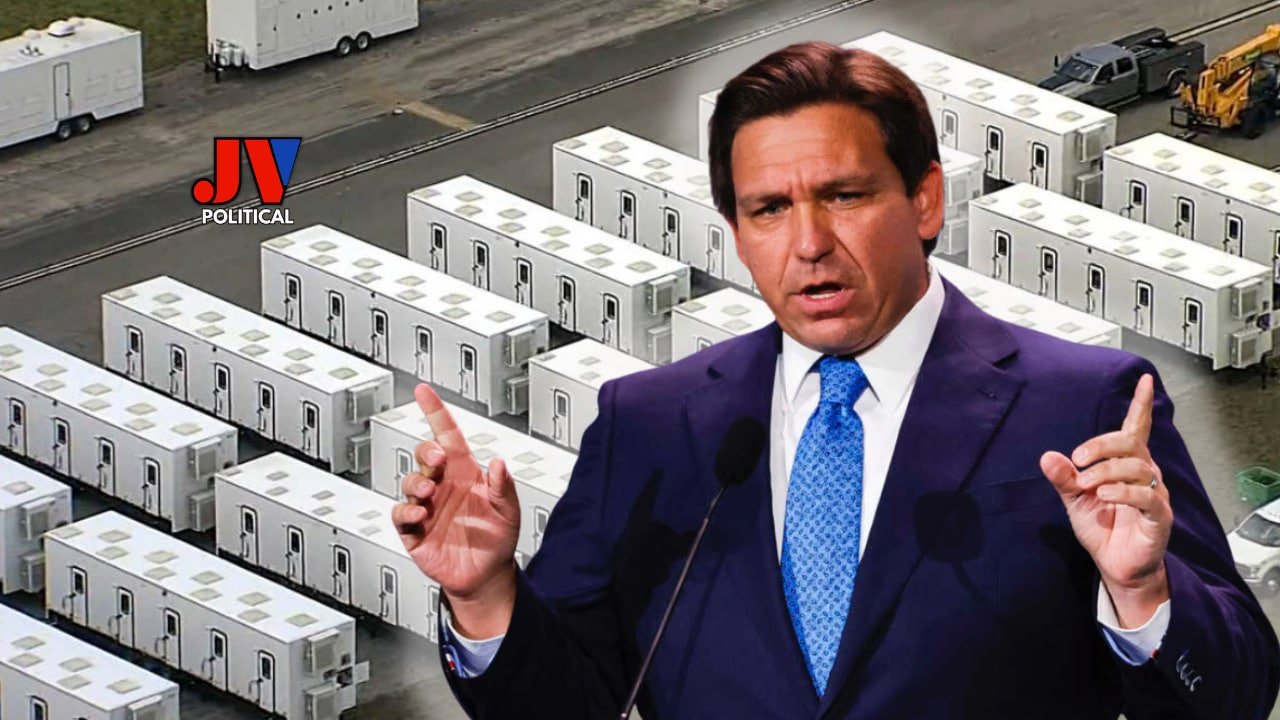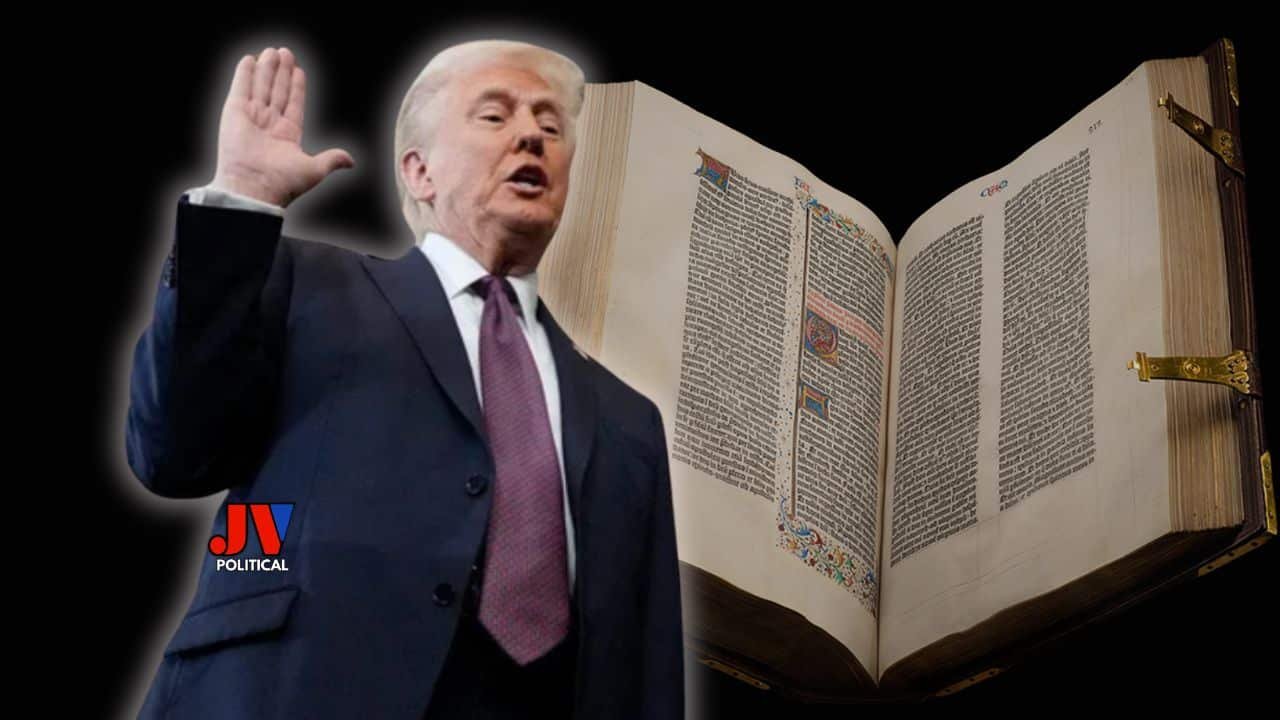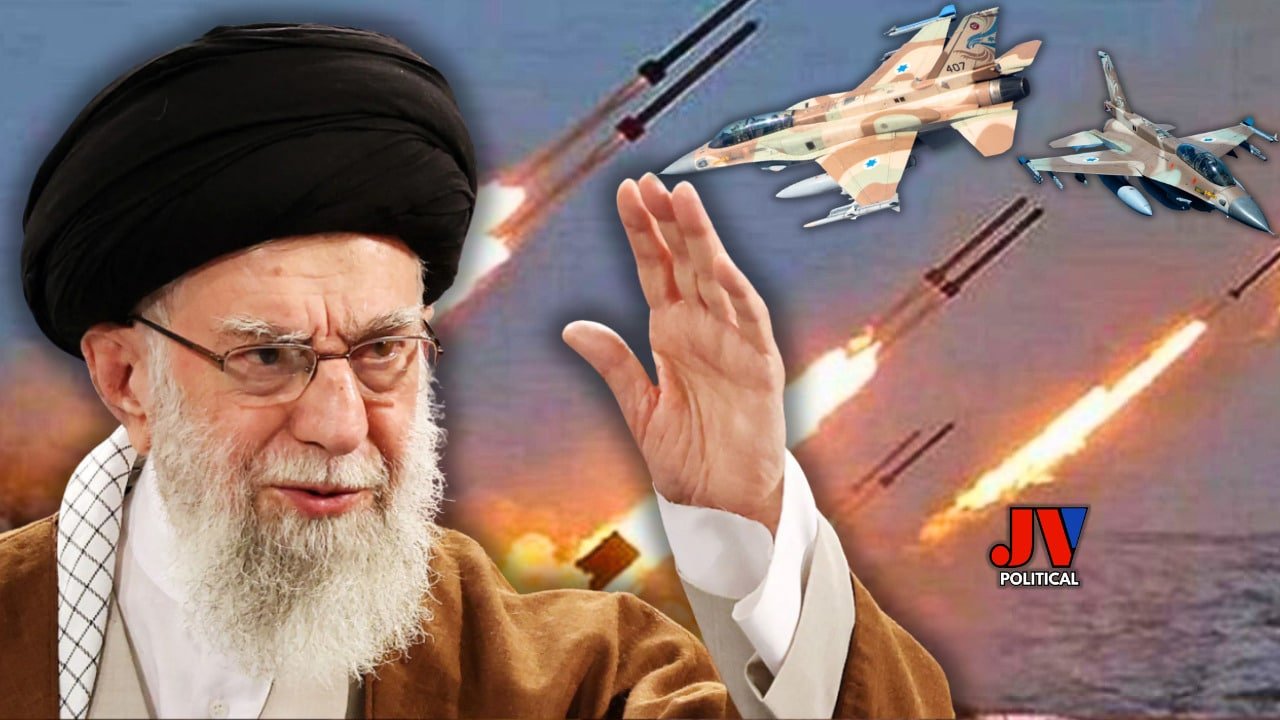Trump’s Latest Executive Orders: What You Need to Know
President Trump has made big changes with new rules. These rules focus on the economy, immigration, and healthcare. Immediate policy shifts are happening fast, affecting millions of people.
The new rules include changes for businesses, stricter border security, and updates to the Affordable Care Act. Legal experts say some of these changes might face rapid court challenges. Lawmakers are also split on what these changes mean for the future.
People have different opinions on these changes. Some see them as strong leadership, while others worry about the law. It’s important for everyone to understand how these changes will affect their daily lives. Here’s a closer look at the key points.
Key Takeaways
- Recent directives focus on economic, immigration, and healthcare policy overhauls
- Federal agencies face tight deadlines for implementing changes
- Legal challenges could delay or modify specific provisions
- Businesses and immigrants are among the most affected groups
- Public debate centers on executive authority limits
- Implementation timelines vary by department and program
Understanding Presidential Executive Authority
Presidents use executive orders to make policy changes. But, they must follow rules set by history and law. This section explains how these orders work, their history in America, and how Trump’s use is different.
Constitutional Basis for Executive Orders
The U.S. Constitution’s Article II gives presidents power. It doesn’t mention “executive orders” directly. But, courts have said it includes orders that run the federal government.
For example, Truman ordered the military to integrate. Lincoln stopped habeas corpus during the Civil War.
Historical Context of Presidential Directives
Presidents have used this power a lot. FDR’s New Deal and Obama’s immigration changes are examples. Reagan deregulated industries with 381 orders, while Biden has focused on climate.
These actions show how presidents act when Congress is slow.
Trump’s Approach to Executive Power
Trump has made quick policy changes with current executive orders. He has made travel bans and deregulated energy. These moves have faced legal challenges, showing his preference for quick action.
Comparison With Previous Administrations
Trump’s orders often aim to change what’s already in place. He has overturned 22 Obama-era orders in his first 100 days. This is different from Reagan’s slower approach to changing rules.
“The presidency is not a debating society. It’s a place of action.”
— Former White House Advisor
While most presidents make 35-55 orders a year, Trump’s pace is similar. But, his orders on border security and trade have faced more criticism. They are seen as pushing the limits of what a president can do.
What Executive Orders Is Trump Signing?
The Trump administration has been busy making changes through executive orders. These actions aim to fix big problems and keep promises made during the campaign. They cover many areas, showing Trump’s focus on key issues.
Immediate Priorities in Current Term
Key Policy Areas Addressed
Three main areas have seen big changes through Trump executive orders:
- Border security: Building more walls and making it harder for asylum seekers to enter
- Economic revival: Giving tax breaks for making things in the U.S. and changing trade rules
- Energy independence: Allowing more oil drilling on public lands
In March 2024, Trump signed an order. It tells federal agencies to use American materials in projects within 45 days. This move is part of a bigger plan to help U.S. factories grow.
Timeline of Recent Directives
Signing Dates and Implementation Schedules
| Date Signed | Executive Order | Implementation Deadline |
|---|---|---|
| April 15, 2024 | Border Security Modernization | Phased rollout through 2025 |
| March 28, 2024 | Domestic Energy Production Expansion | Immediate permit processing |
| February 10, 2024 | Trade Agreement Review Protocol | 60-day agency compliance window |
Agencies usually have 30-90 days to figure out how to follow these orders. The trade agreement revisions have a longer timeline. Agencies must report back within six weeks.
Economic Policy Directives
President Trump’s latest executive orders are changing America’s economy. They focus on trade reforms and manufacturing incentives. These moves aim to boost U.S. industries and renegotiate trade deals to benefit America.
Trade Agreement Revisions
The administration is updating the USMCA, the new NAFTA. New tariff structures will affect key sectors. The automotive and agricultural industries will see big changes.
Specific Changes to NAFTA Replacement
- Automobile parts now need 75% regional production (up from 62.5%) for duty-free treatment
- Steel and aluminum tariffs went up by 15% for non-USMCA members
- Dairy market access grew for American farmers in Canadian markets
Big automakers like Ford and GM have changed their supply chains to meet these new rules. Agricultural exporters have seen a 12% jump in sales across borders since the changes.
Domestic Manufacturing Initiatives
A new tax incentive program encourages companies to keep production in the U.S. It uses carrots and sticks to stop companies from moving jobs overseas.
Tax Incentives and Penalties Structure
| Company Type | Tax Credit | Offshoring Penalty |
|---|---|---|
| Manufacturers retaining 90%+ U.S. workforce | 9% reduction | N/A |
| Companies moving ≥10% operations overseas | N/A | 15% surcharge |
Tech company Jabil Circuit got $23 million in credits for growing its Michigan site. On the other hand, appliance maker Whirlpool paid $18 million in penalties for moving production to Mexico.
Immigration System Overhaul
A major change in the U.S. immigration system is at the heart of Trump presidential executive orders. These orders focus on two main areas: making borders tighter and changing visa programs. The changes aim to enforce laws more strictly and limit legal entry for foreigners.
Border Security Enhancements
The administration is pushing for more physical barriers and better surveillance. They’re speeding up the building of a wall along the southern border. This is being done with funds meant for the military, thanks to emergency spending provisions.
Wall Construction Funding Mechanisms
Funding for the wall comes from:
- Army Corps of Engineers budgets
- Counter-narcotics program reserves
- Department of Defense technology grants
This move has raised questions, with many saying it goes against Congress’s role. Deportations have also gone up, focusing on those with criminal records or pending charges.
Visa Program Restrictions
New Trump executive orders make it harder to get work and travel visas. The H-1B program now has higher salary requirements and limits by industry. Tech jobs need a salary of at least $110,000, up from before.
New Eligibility Requirements
Changes include:
- First-time applicants must have in-person interviews
- Visa holders must show they have full healthcare coverage
- Applicants from countries without data-sharing agreements are banned
Asylum seekers now face faster court hearings. 65% are processed in 90 days, up from 42% last year. These steps aim to clear backlogs but worry about fairness in the process.
Healthcare System Changes
President Trump’s latest executive orders are changing America’s healthcare. They focus on making current programs better and adding new rules. These changes will affect millions of people.
Affordable Care Act Modifications
The administration has given state-led flexibility for the ACA. States have different deadlines to follow new rules. This means different states will implement changes at different times.
State Implementation Timelines
| State | Deadline | Key Changes |
|---|---|---|
| Texas | March 2024 | Alternative coverage plans |
| Florida | June 2024 | Premium adjustment rules |
| Georgia | September 2024 | Expanded exemption criteria |
| Ohio | December 2024 | Risk pool modifications |
Prescription Drug Pricing Directives
New rules aim to lower what Medicare pays for drugs. “This creates immediate pressure to lower costs for common medications,” says a Brookings Institution analyst.
Medicaid Work Requirements
Adults 19-64 must show they work or do community service for 80 hours a month. Some people are exempt, like:
- Primary caregivers
- Disabled beneficiaries
- Vocational training participants
“Work requirements could reduce Medicaid rolls by 15% in participating states within two years.”
Urban Institute Health Policy Report
Energy and Environmental Rollbacks
Recent Trump presidential executive orders have boosted energy production. They also changed how we enforce environmental laws. These moves focus on using more domestic fossil fuels, leading to debates about economic growth versus environmental protection. We’ll look at how these policies affect oil and gas operations and how we manage federal lands.
Oil and Gas Production Expansion
The administration has made it easier to start projects like the Dakota Access Pipeline expansion. They’ve skipped some environmental checks. Now, the Bureau of Land Management can lease federal land for drilling faster. This could lead to:
- 15% more oil by 2025
- 23 new drilling permits every week
- $4.2 billion in savings for the industry
Clean Air Act Enforcement Adjustments
New rules let oil and gas operations release more methane. This change removes the need for monitoring at smaller wells. About 18,000 facilities across the country will be affected.
EPA Regulation Revisions
The Environmental Protection Agency has changed rules for coal plants. Now, plants under 500 megawatts don’t have to follow strict mercury emission rules. This could affect 34% of all plants.
Federal Land Leasing Changes
New rules make it easier to drill for energy in protected areas. This table shows how land use has changed since 2020:
| Policy Area | Pre-2020 Standard | Current Directive |
|---|---|---|
| Wildlife Habitat Protection | Mandatory 45-day review | Optional 15-day notice |
| Drilling Fee Structure | $9.95/acre royalty | $6.55/acre royalty |
| Public Comment Period | 60 days minimum | 30 days maximum |
Some say these changes could cut protected areas by 28% in five years. Others see job growth in energy, mainly in Wyoming and North Dakota.
National Security Measures
President Trump’s executive orders have changed America’s national security. They focus on funding defense and using diplomatic pressure. This approach aims to modernize defense and fight foreign threats.
Military Budget Shifts and Tech Investments
The administration moved $2.4 billion to create the Space Force. It’s the first new military branch since 1947. The money came from:
- Army base maintenance budgets
- Navy shipbuilding programs
- Air Force research initiatives
Cybersecurity Infrastructure Upgrades
Now, federal agencies must follow new zero-trust architecture rules for data safety. The rules include:
- Multi-factor authentication for all classified systems
- Real-time network monitoring protocols
- Quarterly penetration testing mandates
Strategic Sanctions Implementation
Trump’s orders have made it harder for countries seen as threats to buy U.S. tech. This is to stop tech that could help foreign militaries.
Country-Specific Tech Embargoes
A new Entity List stops U.S. companies from selling chip equipment to 14 Chinese firms. These include:
| Company | Specialization | Effective Date |
|---|---|---|
| Huawei Cloud | 5G Infrastructure | March 2024 |
| Yangtze Memory | Chip Manufacturing | April 2024 |
| Dawning Info | Supercomputers | May 2024 |
These moves are causing debates on tech competition and global trade. The rules are still being figured out by agencies.
Reactions and Legal Challenges
President Trump’s recent actions have caused a lot of debate. Legal battles are now a key focus. Federal courts and congressional committees are crucial in deciding these policies’ fate.
Congressional Responses
Lawmakers are deeply divided on these policies. The House Oversight Committee held long sessions to discuss their legality.
Bipartisan Support/Opposition Breakdown
Some votes show unusual alliances. While many orders face opposition, some trade policies got support from both sides:
| Committee | Support | Opposition |
|---|---|---|
| Senate Judiciary | 12 R | 10 D |
| House Energy | 8 R + 3 D | 15 D |
State Attorney General Lawsuits
Twenty-three states have sued over these orders. California’s Attorney General, Rob Bonta, leads a group fighting healthcare changes. They say these changes “undermine essential patient protections.”
Current Court Challenges Status
Important cases are being heard in federal courts:
- Texas v. Biden: Border security injunction remains in effect pending appeal
- California v. DHS: Oral arguments scheduled for September 12
The Supreme Court recently decided not to speed up three environmental cases. This means lower court decisions will stand until 2024.
Conclusion
President Trump’s latest executive orders show his ongoing effort to change federal policies on his own. These orders cover many areas like the economy, immigration, healthcare, and the environment. They have different effects in each area, but together they show a big change in how the government works.
People think Trump will make more orders soon, like ones about technology and trade. Lawyers say there could be legal fights over these orders. To keep up with these changes, it’s important to watch the Federal Register.
For more details on Trump’s orders, you can check WhiteHouse.gov or use sites like GovTrack.us. Your local congressman can also help with questions about healthcare or visa changes. This is because these orders affect many people and businesses.
It’s key to watch how these policies are enforced. News sites like Reuters and the Associated Press have trackers for this. Knowing how these orders fit with current laws helps everyone adjust to new rules.
FAQ
How many executive orders has President Trump signed recently?
President Trump has signed 12 executive orders in the last 90 days. These focus on immigration, energy, and healthcare. They include quick actions on border security and Medicaid changes.
What are the main policy areas targeted by Trump’s latest executive orders?
Trump’s orders focus on border security funding, changes to the USMCA, and Affordable Care Act tweaks. They also speed up oil and gas leasing and limit H-1B visas.
Can Trump’s executive orders face legal challenges?
Yes, many orders are facing lawsuits. California and New York are suing over healthcare changes. Texas is suing over border wall funding. Three orders are temporarily blocked by courts.
How do Trump’s executive orders compare to previous presidents?
Trump has used executive power more on immigration and trade than recent presidents. He has signed 167 orders in his first term, more than Obama’s 147. His focus is on deregulation and trade changes.
Where can I track the implementation status of these orders?
The White House website has an Executive Orders tracker. The Federal Register publishes full texts and schedules. Reuters and Bloomberg also provide updates on legal challenges and policy impacts.
What economic changes have resulted from recent executive orders?
New tax incentives offer 15% credits for making products in the US. There are also 10% tariffs on steel imports. The USMCA now requires 75% North American parts for tariff exemptions.
Are there healthcare-specific impacts from Trump’s recent directives?
Yes, a new order lets states bypass ACA rules starting in 2025. Another order imposes Medicaid work requirements in 14 states. Pharmaceutical companies must now disclose Medicare Part D drug prices.
How do the environmental orders affect EPA regulations?
The orders cut Clean Air Act enforcement by 40% and speed up Dakota Access Pipeline growth. The EPA has also relaxed methane emission rules, allowing 65% more natural gas flaring on federal lands by 2030.
What national security measures have been implemented?
Space Force got a $2 billion budget boost for cybersecurity. An order bans federal contracts with Huawei and 23 Chinese AI firms. New rules require Pentagon approval for foreign cloud computing partnerships.
Which court cases are challenging Trump’s executive actions?
Key cases include Texas v. Biden (border wall funding), California v. Trump (ACA changes), and New York v. EPA (methane rule changes). The Supreme Court will hear two immigration cases next term.


















